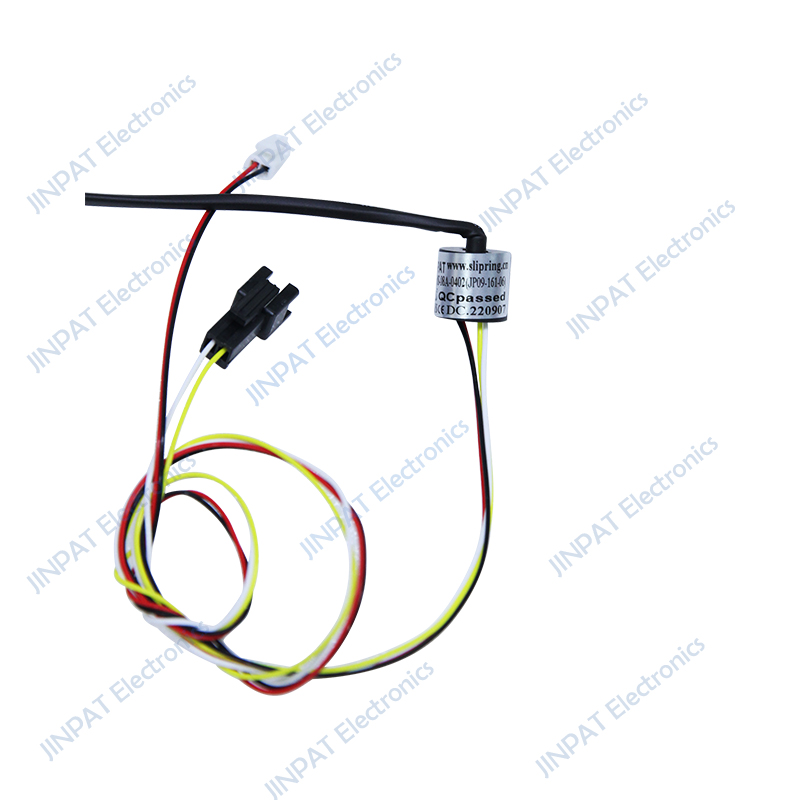
In recent years, drones and handheld stabilized gimbals have become highly popular electronic consumer products. JINPAT,as a leading supplier of rotational conductive solutions, offers a wide range of products for this field. However, not all drones and handheld gimbals available in the market are equipped with slip rings. Let's explore which types of drones and stabilizers use slip rings and the types of slip rings used.
Firstly, let's take a look at handheld stabilized gimbals, which are generally categorized into entry-level and professional-grade. Entry-level products are primarily designed to provide stable shooting environments for smartphones. Due to the lightweight nature ofsmartphones and the flexibility of human hands, these gimbals do not require360° rotation capability and, therefore, do not need slip rings.
On the other hand, gimbals equipped with slip rings are primarily targeted towards the professional-grade market,suitable for mounting professional DSLR cameras and camcorders. These professional-grade devices are heavier and challenging to control with just one hand, especially in scenarios such as film and video shooting, where precisionin shooting technique and framing is crucial. To increase the mobility of the camera equipment, stabilizer manufacturers typically install slip rings between the power compartment and the gimbal motors. This allows the stabilizer to achieve unlimited rotation with the camera, resulting in stunning specialeffects shots.

As a result, most of the drones and stabilizers equipped with slip rings in the market are geared towards professional-grade products. As a slip ring supplier in the consumer electronics industry, JINPAT provides millions of slip rings to this field every year, mainly utilizing the LPMS series of standard slip rings, covering6~12 channels. The ultra-miniature slip rings offer advantages such as lightweight, compact size, and exceptional performance, making them stand out in this field. Apart from the consumer electronics industry, theultra-miniature slip rings also find widespread application in equipment for instrumentation and other industries.
A similar situation applies to aerial photography drone gimbals. In some lower-priced aerial photography drones,their three-axis gimbals are highly integrated with the drone's body, limiting their ability to rotate the camera infinitely. As a result, the field of viewfor aerial photography is restricted to a certain range in the forward direction, requiring constant adjustments of the drone's attitude to capture panoramic shots. In contrast, professional-grade drones can not only be equipped with more specialized aerial photography lenses but also carry small payload gimbals with additional functionalities. To enhance flight enduranceand reduce unnecessary power consumption due to excessive movement, adding sliprings to the gimbal becomes a cost-effective solution.